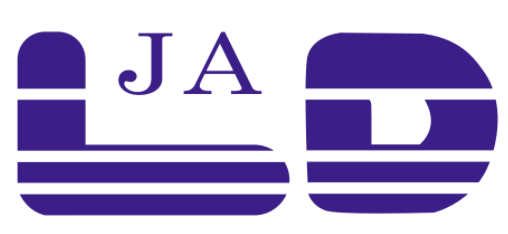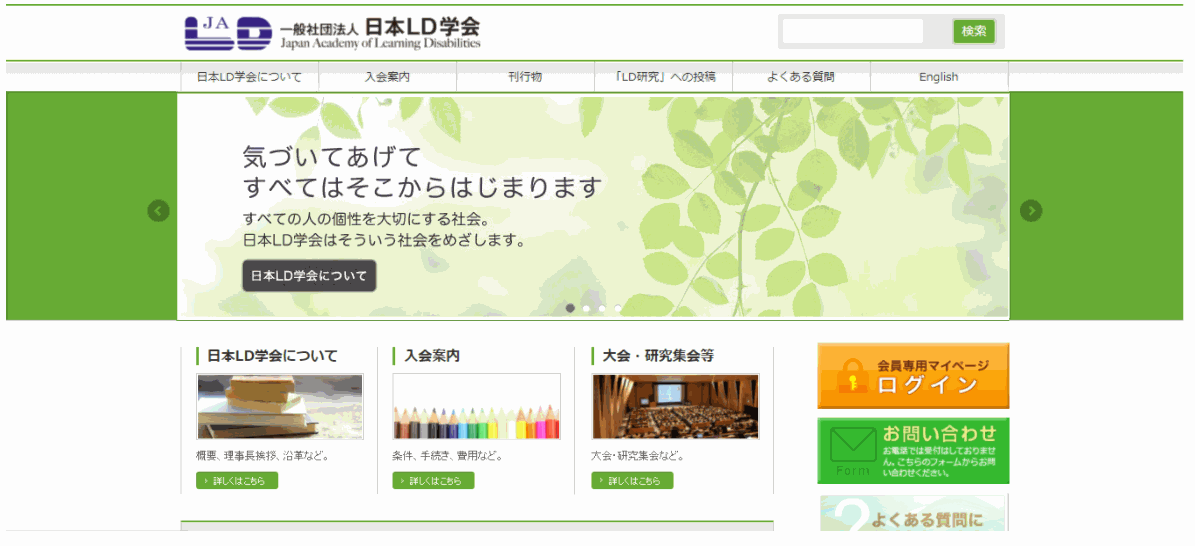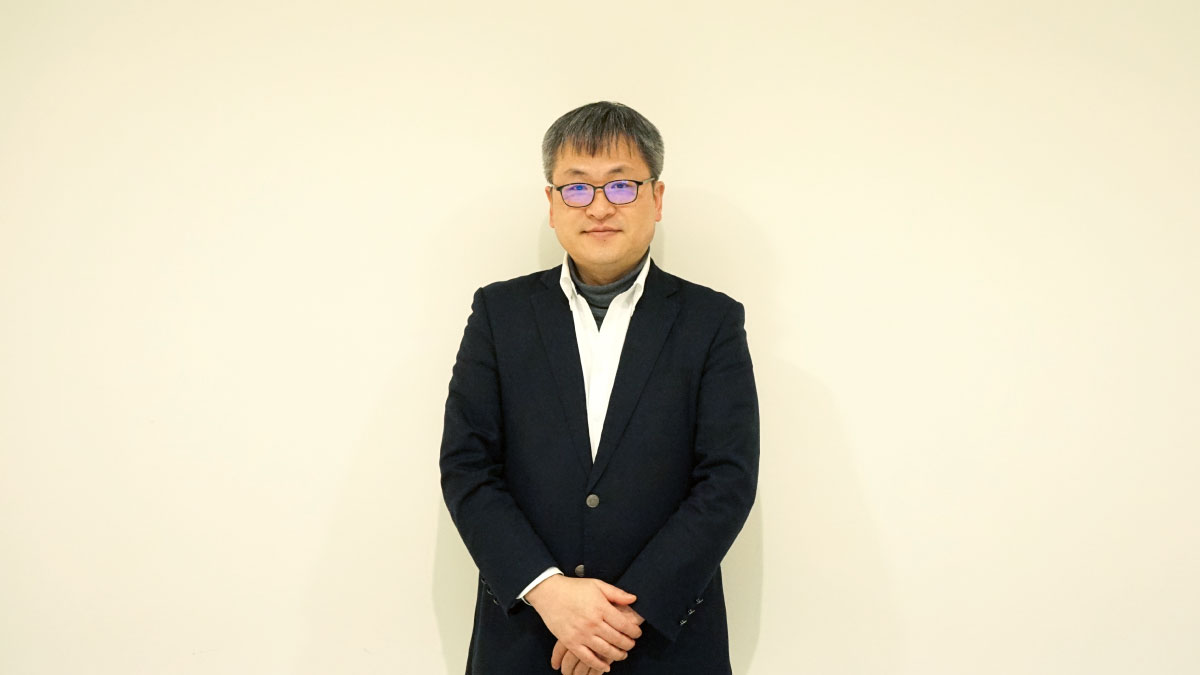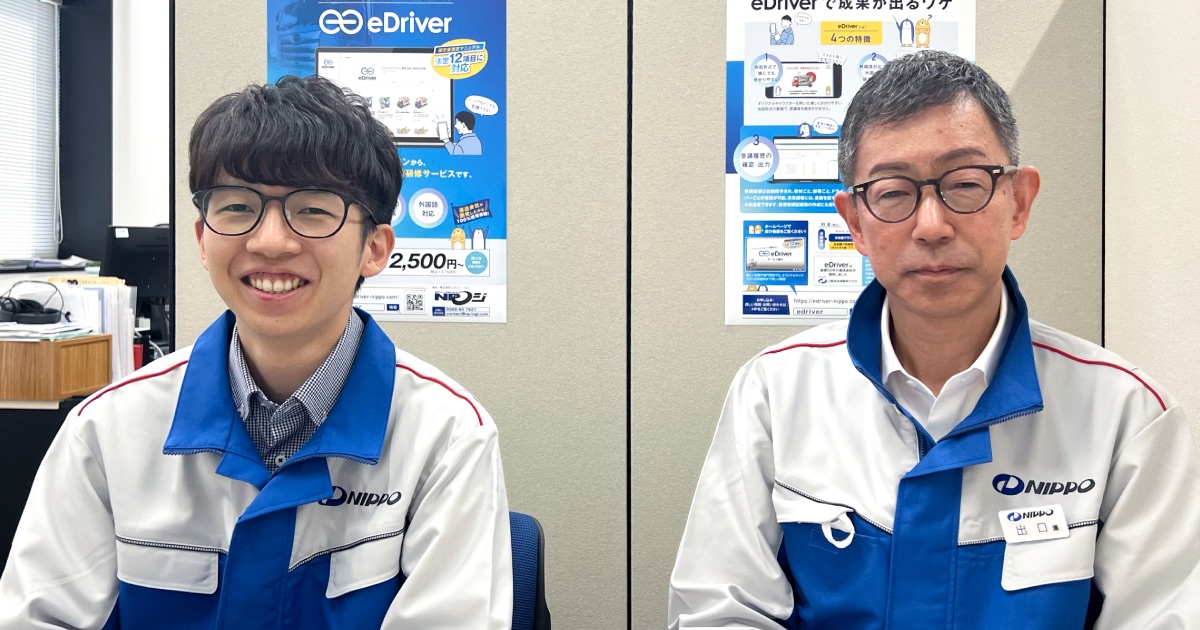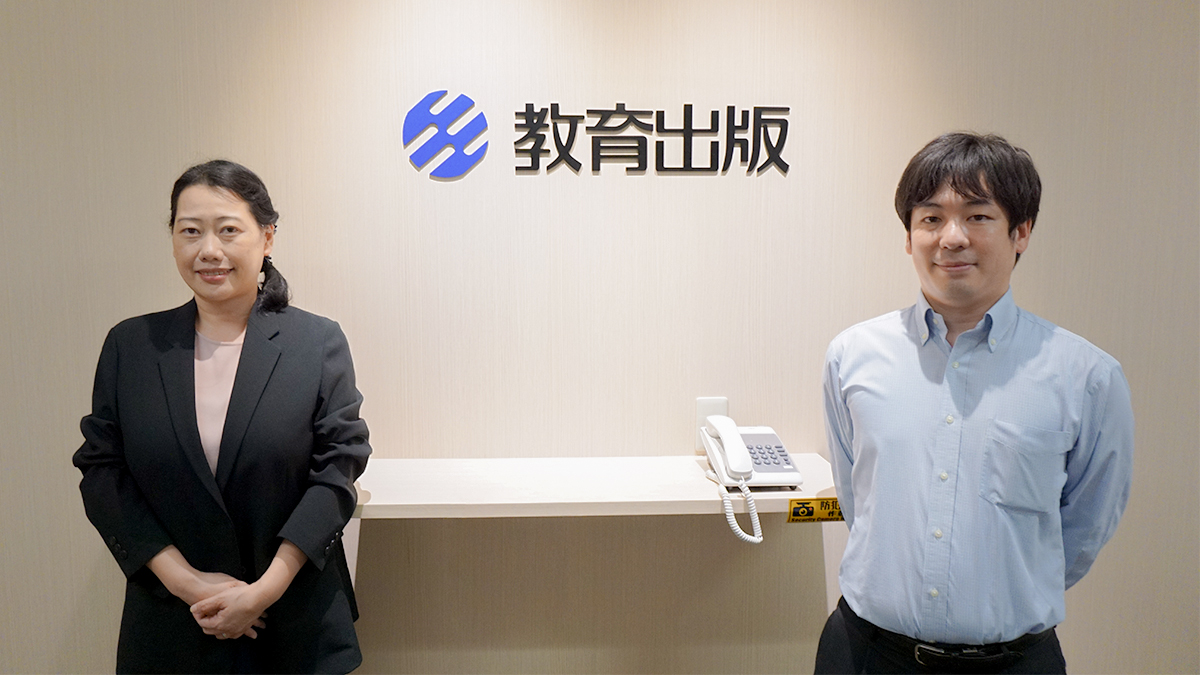Case Studies

Japan Academy of Learning Disabilities
Accurate LD (learning disability) evaluation
with e-learning training
Japan Academy of Learning Disabilities
Visiting Professor, Research Center for Developmental Support, Meisei University
Mr. Jiro Ono, Managing Doctor, Meisei University Clinic
Member, LD-SKAIP Committee, Japan LD Association
Mr. Tomoki Iwamoto, Researcher, Developmental Support Research Center, Meisei University
2021.4.22
An academic research organization established in 1992 that focuses on LD (learning disabilities). It has more than 10,000 members. In addition to LD, it also provides support for ADHD (attention deficit/hyperactivity disorder) and ASD (autism spectrum disorder).
The purpose of the program is to discover and evaluate problems using the LD-SKAIP assessment tool developed by the society, and to connect children in need to appropriate guidance and support.
- We want to increase the number of people who attend our trainings.
- The time and cost of traveling to the training venue from a distance is expensive.
- Some users are not familiar with IT.
- The course is online and can be taken at any time and from anywhere.
- Reduce the burden of travel time and the cost of travel and accommodation for participants.
- Easy to use interface even if you are not familiar with IT and digital.
- The increase in the number of children who can be supported result from the increase in the number of students taking the course and becoming licensed staff.
Getting the right support for children with learning disabilities
What does LD (learning disability) mean?
It is one of the developmental disorders that are hard to notice from the outside. It refers to difficulties in acquiring skills such as reading, writing, and arithmetic.
Mr. Ono.
A developmental disability that causes difficulty in mastering certain tasks in relation to the ability to listen, speak, read, write, calculate and reason.
Compared to ADHD (Attention Deficit/Hyperactivity Disorder) and ASD (Autism Spectrum Disorder), it has received somewhat less attention in general.
One reason for this is that the symptoms are difficult to show. Parents and teachers also find it difficult to notice them.
Therefore, it is necessary to objectively assess whether a child has LD or not. One of the tools is "LD-SKAIP" developed by our society.
LD assessments are conducted using tablets (iPads in the case of LD-SKAIP) that are easy for children to use.
In other words, the purpose of the program is to help us recognize children with LD as soon as possible so that we can provide appropriate support.

I think it's important to recognize the presence of LD at the earliest possible stage and connect it to support.
We use assessment tools such as the LD-SKAIP to accurately evaluate the child and provide support that is appropriate for the child.
Mr. Ono.
As I mentioned earlier, LD is one of the most difficult developmental disabilities to notice. It is extremely difficult to notice a learning disability in the first grade. For example, there are many possible causes, such as reading each letter verbatim when reading a sentence, not being able to read words as a cohesive whole, or a lack of vocabulary.
On the other hand, some children with learning disabilities may be among those whose academic performance is at or above standard. In such a case, the child's ability is not being used properly. In fact, these children may have a very difficult time.
Therefore, it is necessary to use assessment tools such as the LD-SKAIP to evaluate each child and identify the areas in which the child has real difficulties. As the number and degree of difficulties vary from person to person, so do the methods of support.
For example, if a child has difficulty writing letters by hand and it is difficult to overcome this difficulty, it is necessary to consider the best way to support the child, such as substituting a tablet or computer input. LD-SKAIP will also suggest the best way to support the child.
Is LD-SKAIP used mostly in the lower grades of elementary school?
We are still in the process of spreading its use. To this end, we will use e-learning to increase training opportunities.
Mr. Ono.
The reality is that we want them to use the service more, and we want it to spread more. If we can tell children with learning disabilities that they can do things this way before they become convinced that they can't, to put it bluntly, it will change the rest of their lives.
The LD-SKAIP is designed for this purpose, but until now it has been difficult to increase the number of people who can use this tool because of restrictions on where and when training can take place. LD-SKAIP" consists of steps 1 to 3, and training is required for steps 2 and 3, and only after taking these steps can you obtain certification to use the tool.
The LD-SKAIP system was completed in 2017, and we conducted training for it in 2018. We started with those who had S.E.N.S. (Special Education Specialist) qualifications and had some knowledge of learning disabilities. The number of participants is limited because the training is conducted at a venue where participants actually use the tablets.
After all, only 200 to 300 students can complete the program in one year at most.
S.E.N.S. (Special Education Specialist)
There are about 5,000 people who have the "Mere Old Man's Guide", so we were wondering how many years it would take for everyone to complete the training. Therefore, it was inevitable that we would introduce e-learning, which would allow many people to learn without time constraints. We had been exploring this policy even before the Corona disaster.
So, you introduced learningBOX to us. What was the reason for this?
We went to an exhibition to gather information. We narrowed down a few candidates based on function and cost.
Mr. Iwamoto.
As I had been involved in system construction in my previous job, I took the lead in this study. Since there were not many examples in our society, we first collected information.
You can pick up information on the web, but I thought it was important not only to look at the products, but also the response and atmosphere of the company releasing them, so I went to the exhibition. There, I picked up several products in terms of function and cost, and I found learningBOX.

What was the deciding factor for you to choose learningBOX?
There was no other system that had an atmosphere of friendliness and was easy to use even for people who were not familiar with IT.
Mr. Iwamoto.
First of all, I was happy that I was treated so warmly at the venue (laughs). (laughs) He consulted with us on the spot and explained the technical aspects in great detail.
I thought that the atmosphere was not businesslike, and that they would be very accommodating. Of course, the price, the customizability, the ability to provide only the necessary functions, and the fact that the product is very easy to use, I really felt that when I tried to use it myself.
It was also important to us that the interface be easy to use for the participants, some of whom may not be familiar with IT.
We thought that the learningBOX would be easy to understand and operate visually with its folder structure.
What are the benefits of the system?
Significant cost savings in travel time and expenses to and from the training venue, as well as accommodation costs. Being able to choose the time and place is a big advantage.
Mr. Ono.
Naturally, the number of people who can take the course has increased. Even so, in the first year of the program, we reached our capacity so quickly that not everyone who wanted to take the course was able to do so. The more people who took the course, the happier we were, so we decided to make it more stable.
The fact that the participants can take the course at any time and place is a big advantage. Until now, it would have taken a lot of time and money to travel to venues in Tokyo and Osaka, as well as accommodation costs. More than anything, the more people who take the course and use LD-SKAIP, the more it will be good news for children with learning disabilities.
Do you have any questions or requests from people who use the service?
There are surprisingly few questions. The management is also very helpful because they can manage with a small number of people.
Mr. Iwamoto.
As for how to use it, there are surprisingly few questions. Once you start the training, you can already watch the videos with basically no problem, and the course seems to be running smoothly.
I'm really grateful that learningBOX is so easy to understand, and that the management team can manage it with a small number of people.
We had some things to reflect on in terms of how we designed the system and how we announced it to the students, but from a system standpoint, the system is working fine.

Thank you so much! Do you have any other challenges or things you wish you could do?
Licenses that affect the lives of children. It is reassuring to have the assurance that the learner has learnt well.
Mr. Ono.
In the future, we would like to expand the number of users of LD-SKAIP to include members of the LD Society other than those who have obtained S.E.N.S. certification, as well as the general public. On the other hand, such a broadening of the base does not necessarily mean that only people with high aspirations will participate in the training.
It would be very disrespectful to the children if they were able to get a license without having the knowledge. It would be reassuring if there was a mechanism to guarantee that the learner has learnt well, rather than simply passing on information.
If we do not have enough knowledge about LD, it will lead to wrong support. We have to avoid that. How to guarantee the quality is very important.
Right now, we're offering it on demand, but for example, we could deliver it in real time and test it properly at the end, or have people take action on information that can only be transmitted at that time, or use facial recognition. We can think of all sorts of ways to do this.
For the sake of the children! I'm overwhelmed by your passion for them! I would like to let many people know about LD Society.
I want to spread "LD-SKAIP" to promote the understanding of LD. I have high hopes for Tatsuno Joho System for that purpose.
Mr. Ono.
I am a paediatrician and I feel very strongly about the importance of understanding learning disabilities, having experienced them in different ways. The more we can promote understanding, the more we can all be aware of children who are in need.
I believe that the world will become a place where people can say they are not good at something and do their best at something they are good at, and live a life that is easy to live.
I have been given the opportunity to be involved in LD-SKAIP, and I am hoping that it will be a great tool to eventually lead to support, so I want to make sure that the quality of the project is high. I would like to ensure the quality of the program. I would like you to provide the wisdom and technology to do so.
Afterword.
What did you think of this case study interview with the Japan LD Society? We were very impressed by their valuable stories and their sense of mission. LD (learning disability) is one of the most difficult developmental disabilities to notice. Perhaps there is someone close to us who is also having difficulties.
The LD-SKAIP, which enables its early detection, is a necessary assessment tool for many people.
We are very happy to know that learningBOX is used for the training of the people who handle them.
We will continue to help make it a quality learning tool in any way we can.
Thank you very much for taking time out of your busy schedule to help us. We sincerely appreciate it.
Mr. Jiro Ono and Mr. Tomoki Iwamoto, thank you very much for taking part in this interview.


